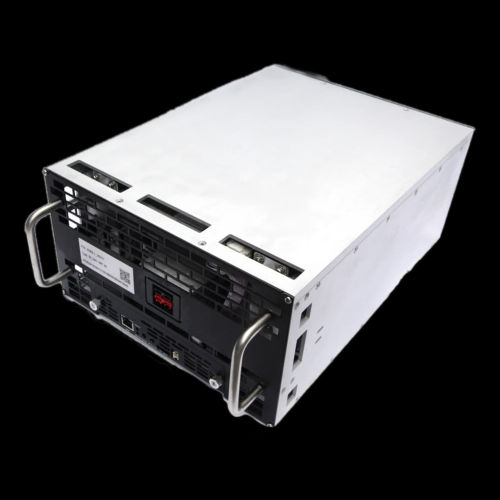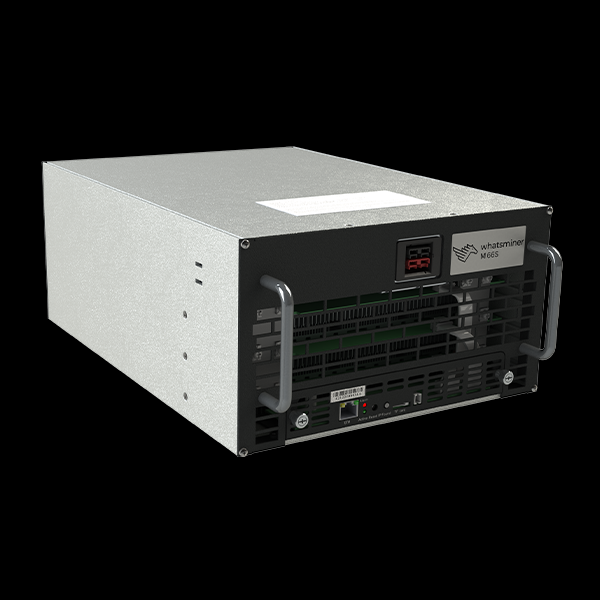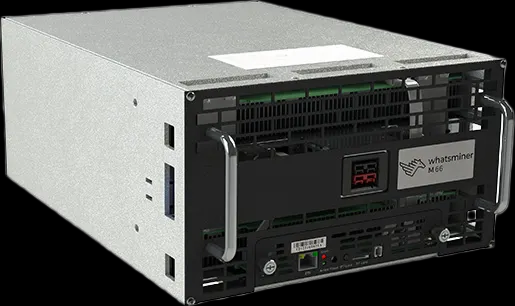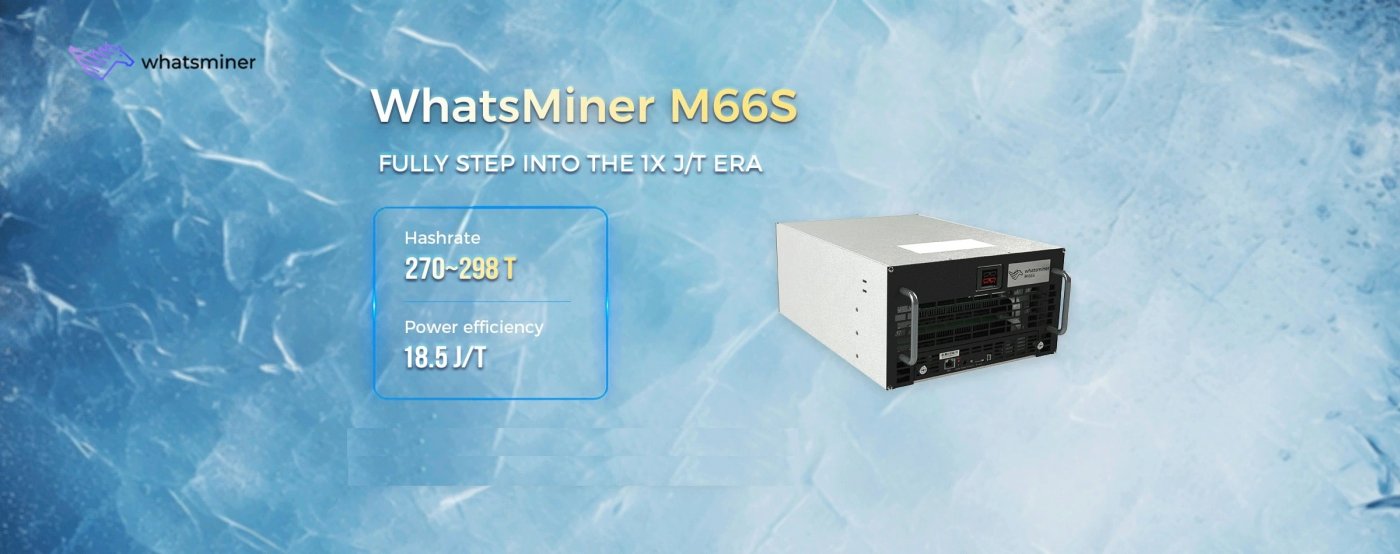How to Troubleshoot WhatsMiner M66S+ Power Issues?
The WhatsMiner M66S+ is a powerhouse in the world of Bitcoin mining, designed to deliver exceptional performance and reliability. However, like any sophisticated piece of equipment, it can encounter issues that may disrupt its operation. One of the most common challenges faced by mining operators is power-related problems. In this comprehensive guide, we’ll explore how to troubleshoot power issues with the WhatsMiner M66S+, ensuring your mining operations remain efficient and productive.
Understanding the WhatsMiner M66S+
Before diving into troubleshooting, it’s essential to understand the key features and specifications of the WhatsMiner M66S+. This advanced ASIC miner is built for industrial-scale operations, offering a remarkable hashrate of 314TH/s with a power efficiency ratio of 17J/TH. Designed to operate on an AC380~480V power supply, it requires a robust power infrastructure to function optimally.
The M66S+ is equipped with a custom-made power cable rated for ≥16A, ensuring stable power delivery under maximum load conditions. Its industrial-grade construction, including a robust thermal management system, is engineered to maintain optimal operating temperatures, even during continuous high-load operations.

Common Power Issues and Their Causes
Power issues with the WhatsMiner M66S+ can manifest in various ways, including:
- Failure to Power On: The miner does not start when connected to the power supply.
- Intermittent Power Loss: The miner shuts down unexpectedly or experiences frequent power interruptions.
- Overheating: Excessive heat generation leading to thermal shutdowns.
- Inconsistent Hashrate: Fluctuations in mining performance due to power instability.
- Error Messages: The miner displays error codes related to power supply issues.
These issues can arise from several factors, including:
- Inadequate Power Supply: Insufficient voltage or current to meet the miner’s requirements.
- Faulty Power Cables or Connectors: Damaged or substandard cables can cause power instability.
- Overloaded Circuits: Drawing too much power from a single circuit can lead to tripped breakers or blown fuses.
- Environmental Factors: Poor ventilation or high ambient temperatures can cause overheating.
- Hardware Defects: Faulty components within the miner itself, such as the power supply unit or internal circuitry.
Step-by-Step Troubleshooting Guide
1. Verify Power Supply Adequacy
Action: Ensure that your power supply meets the miner’s requirements.
Details: The WhatsMiner M66S+ operates on an AC380~480V power supply and draws up to 5338W. Verify that your power source can consistently deliver the required voltage and current. Use a multimeter to measure the voltage at the power outlet and ensure it falls within the acceptable range.
Tip: If you’re operating multiple miners, distribute them across different circuits to prevent overloading.
2. Inspect Power Cables and Connectors
Action: Check all power cables and connectors for damage or loose connections.
Details: Examine the custom-made power cable for any signs of wear, fraying, or burns. Ensure that the connectors are securely plugged into both the miner and the power outlet. Replace any damaged cables immediately.

Tip: Invest in high-quality, heavy-duty power cables rated for at least 16A to ensure reliable power delivery.
3. Monitor Circuit Load
Action: Assess the load on the circuit powering your miner.
Details: If your miner is sharing a circuit with other high-power devices, it may be drawing too much current, leading to tripped breakers or blown fuses. Dedicate a separate circuit for the miner to avoid overloading.

Tip: Use a circuit breaker with a higher amperage rating if necessary, but ensure it matches the capacity of your wiring.
4. Optimize Cooling and Ventilation
Action: Evaluate the cooling and ventilation setup around your miner.
Details: The M66S+ generates significant heat, and inadequate cooling can lead to overheating and thermal shutdowns. Ensure that your mining facility has proper airflow and that the miner’s cooling fans are functioning correctly. Consider installing additional fans or an exhaust system to dissipate heat effectively.
Tip: Regularly clean the miner’s air intake and exhaust vents to prevent dust buildup, which can impede airflow.
5. Check for Hardware Defects
Action: Inspect the miner’s internal components for defects.
Details: If you suspect a hardware issue, such as a faulty power supply unit or internal circuitry, consult the miner’s user manual for guidance on accessing and inspecting these components. Look for visible signs of damage, such as burnt components or loose connections.
Tip: If you’re not comfortable performing internal inspections, contact the manufacturer or a certified technician for assistance.
6. Update Firmware and Software
Action: Ensure that your miner’s firmware and mining software are up to date.
Details: Outdated firmware or software can sometimes cause power-related issues. Check the manufacturer’s website for any available updates and follow the instructions for updating your miner.
Tip: Regularly check for firmware updates to ensure your miner operates with the latest optimizations and bug fixes.
7. Utilize Diagnostic Tools
Action: Use diagnostic tools provided by the manufacturer to identify and resolve power issues.
Details: Many modern miners, including the WhatsMiner M66S+, come with built-in diagnostic tools that can provide detailed information about the miner’s status, including power consumption, temperature, and error logs. Access these tools through the miner’s web interface or control panel to pinpoint the root cause of the issue.
Tip: Familiarize yourself with the diagnostic tools and regularly monitor your miner’s performance to catch potential issues early.
8. Consult Manufacturer Support
Action: If all else fails, reach out to the manufacturer’s support team for assistance.

Details: The WhatsMiner M66S+ comes with a premium 180-day warranty, covering comprehensive repair services. If you’re unable to resolve the issue on your own, contact the manufacturer’s support team for professional assistance. Provide them with detailed information about the issue, including any error messages or logs, to expedite the troubleshooting process.
Tip: Keep a record of all communications with the support team, including case numbers and resolution steps, for future reference.
Preventive Measures for Long-Term Reliability
To minimize the risk of power issues and ensure the long-term reliability of your WhatsMiner M66S+, consider implementing the following preventive measures:
- Regular Maintenance: Schedule routine inspections and maintenance to keep your miner in top condition.
- Power Stability: Invest in a stable and reliable power source, such as a UPS (Uninterruptible Power Supply) or generator, to protect against power fluctuations.
- Environmental Control: Maintain a controlled environment with proper cooling and ventilation to prevent overheating.
- Quality Components: Use high-quality power cables, connectors, and circuit breakers to ensure reliable power delivery.
- Training and Education: Educate your team on best practices for operating and maintaining the miner to reduce the risk of human error.
Conclusion
The WhatsMiner M66S+ is a cutting-edge ASIC miner designed for professional mining operations, offering exceptional performance and reliability. However, like any sophisticated piece of equipment, it can encounter power-related issues that require careful troubleshooting. By following the step-by-step guide outlined in this article, you can identify and resolve power issues, ensuring your mining operations remain efficient and productive.
Remember, preventive measures and regular maintenance are key to minimizing the risk of power issues and maximizing the lifespan of your miner. With the right approach, you can harness the full potential of the WhatsMiner M66S+ and continue to thrive in the competitive world of Bitcoin mining.